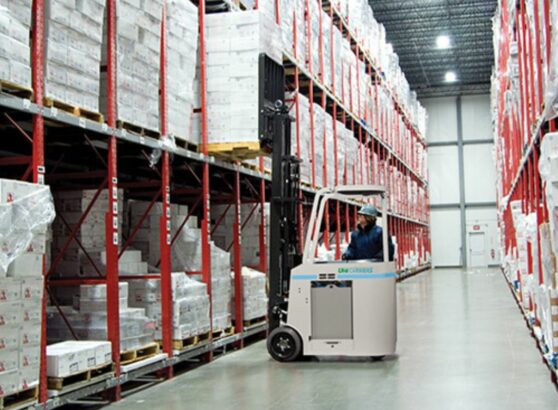Transporting dangerous goods (TDG) can pose significant risks to public health and safety. It is essential to ensure that the transportation of these goods is carried out in a safe and efficient manner to prevent accidents, injuries, and environmental damage. The role of a Health and Safety Officer (HSO) in the transport of dangerous goods is crucial in ensuring that all aspects of the process are adequately managed to mitigate risks and promote safety. WHMIS safety training Mississauga and TDG training Mississauga is especially important to workers safety and prevent any workplace hazards.
The transportation of dangerous goods is regulated by various national and international laws, regulations, and guidelines. These regulations outline the requirements for packaging, labeling, and handling of dangerous goods during transportation. The HSO is responsible for ensuring that these regulations are always adhered to and that all relevant stakeholders are aware of their obligations and responsibilities.
Roles of Health & Safety Officer in TDG
1. Conduct Risk Assessments
One of the primary roles of the HSO in the transport of dangerous goods is to conduct risk assessments. Risk assessments are used to identify potential hazards and risks associated with the transportation of dangerous goods. The HSO should identify all possible hazards and assess their likelihood and severity. This information is then used to develop risk control measures to mitigate or eliminate the risks identified. Risk assessments should be conducted at every stage of the transportation process, from packaging to delivery.
2. Proper Training
The HSO is also responsible for ensuring that all personnel involved in the transportation of dangerous goods are adequately trained and competent. This includes drivers, handlers, and anyone else who may come into contact with dangerous goods during transportation. The HSO should ensure that personnel is aware of the risks associated with the goods being transported and the necessary precautions to take to mitigate these risks. Personnel should also be trained on emergency procedures in the event of an accident or incident.
3. Storage and Maintenance of TDG
Another significant role of the HSO is to ensure that all equipment used in the transportation of dangerous goods is fit for purpose and regularly maintained. This includes vehicles, packaging, and any other equipment used to manage dangerous goods. The HSO should ensure that equipment is inspected regularly and that any defects or issues are identified and addressed promptly.
4. Collaborate with Stakeholders
The HSO should also collaborate closely with other stakeholders involved in the transport of dangerous goods. This includes suppliers, customers, and regulatory bodies. The HSO should ensure that suppliers are providing safe and suitable packaging for dangerous goods and that customers are aware of their obligations regarding the transportation of the goods. The HSO should also maintain a good working relationship with regulatory bodies and ensure that all relevant permits and licenses are obtained and up to date.
5. Response to Emergency Situations
In the event of an incident or accident during the transportation of dangerous goods, the HSO plays a critical role in the response and management of the situation. The HSO should have a thorough understanding of emergency procedures and be able to provide guidance and support to personnel involved in the incident. The HSO should also consult with emergency services and regulatory bodies as required to ensure that the incident is managed appropriately.
6. Maintain Documents & Records
Finally, the HSO should ensure that all necessary documentation and records are maintained throughout the transportation process. This includes records of risk assessments, personnel training, equipment maintenance, and incident reports. These records are essential in demonstrating compliance with regulations and providing evidence of due diligence in the event of an incident or audit.
In conclusion, the role of the Health and Safety Officer in the transport of dangerous goods is critical in ensuring that risks are appropriately identified, controlled, and managed. The HSO plays a vital role in ensuring that all personnel involved in the transportation of dangerous goods are adequately trained and competent, that equipment is fit for purpose and regularly maintained, and that all stakeholders are aware of their obligations and responsibilities. The HSO also plays a critical role in emergency response and incident management and ensuring that all necessary documentation and records are maintained. By fulfilling these roles effectively, the HSO helps to ensure that the transportation of dangerous goods is conducted safely and efficiently, protecting public health and safety, and minimizing the risk of workplace hazards.
Forklift Training Mississauga provides the best TDG Mississauga and WHMIS training Mississauga. Contact our team today to start your training.






